As a parent or caregiver, you can help solidify your child’s learning experience by nurturing their curiosity and creativity with engaging activities. Science experiments for preschoolers are an excellent way to fuel the imagination while providing hours of fun!
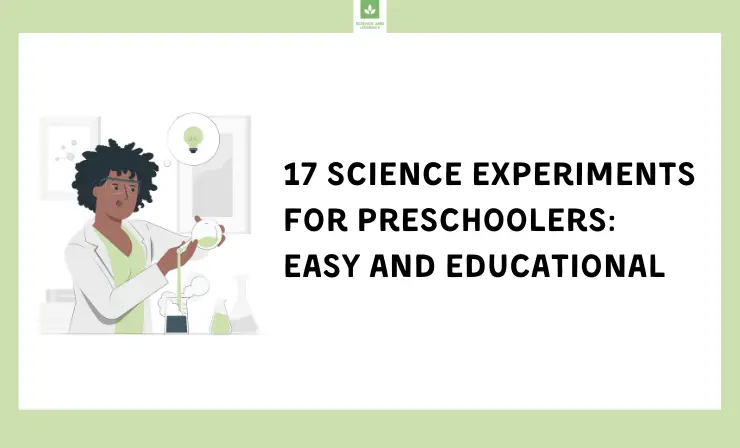
Engaging in science experiments helps to foster a young learner’s critical thinking and problem-solving capabilities. Moreover, these activities provide an enjoyable way for preschoolers to gain insight into the world around them – creating lifelong learning habits along with an inquisitive nature that will serve them well throughout their education journey.
Introduce your little one to the wonders of science. With these 17 science experiments for preschoolers, you and your child can explore chemistry, physics, biology and more – all with materials readily available at home. Make learning a blast as you spark curiosity about fascinating scientific topics together that can last a lifetime.
Looking for an engaging and educational activity to share with the preschooler in your life? Look no further! With a bit of creativity, some common household items, and our helpful experiments as a guide – you’ll be helping this little one build their knowledge while having lots of fun. So dive right in – explore what science offers together today!
| Experiment Categories | Science Experiments for Preschoolers |
|---|---|
| Science Experiments with Water → | |
| Easter Science Experiments → | |
| Simple and Easy Science Experiments → | |
| Science Experiments with Everyday Objects → | |
| Bonus Science Experiment → |
Let’s take a closer look at each of the experiments.
Science Experiments for Preschoolers with Water
From keeping us hydrated to inspiring mind-blowing science experiments, water plays a pivotal role in our lives. For preschoolers looking to explore the amazing properties of H2O, these four easily executed and educational science projects are surefire crowd pleasers! Whether observing how different substances react with water or turning liquids into solids through freezing time – get ready for some exciting scientific discoveries!
1. Sink or Float Experiment
Ignite your preschooler’s curiosity with the classic Sink or Float Experiment! All you need is a large container, water and objects such as toy blocks, rubber bands, marbles to test out. See if they can correctly predict which items will sink and which ones are buoyant – it’s an exciting learning opportunity for young minds about density and buoyancy.
Materials:
- A large bowl or container filled with water;
- Various objects such as marbles, rocks, plastic toys, and wooden blocks.
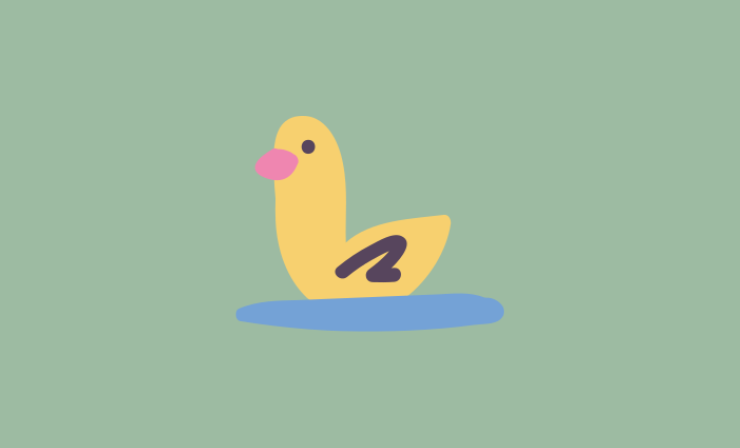
Instructions:
- Encourage your mini scientists to select an item and guess whether it will plunge or hover in water.
- Drop the object into the water and watch what happens.
- Record the results.
- Repeat with the other objects.
Looking for a fun and educational science experiment for your preschooler? Look no further than this sink or float experiment! In this video, Ryan’s World channel shows you how to do the experiment and explain the scientific principles behind it.
2. Water Color Mixing Experiment
Unlock your preschooler’s inner artist with this exciting water color mixing experiment! By blending food coloring or liquid watercolors in cups and containers, they’ll learn valuable lessons about color theory while creating colorful masterpieces. Get ready to be amazed at the imaginative new colors they bring alive!
Materials:
- Three glass containers
- Food coloring (for example red, yellow, and blue)
- Clean water
- A spoon
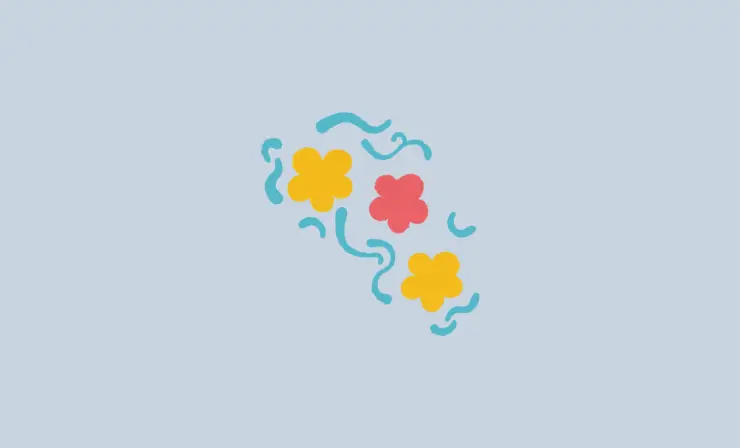
Instructions:
- Fill the glasses with water.
- Add a few drops of food coloring to each glass (one with red, one with yellow, and one with blue).
- Ask your child to predict what will happen when you mix the colors.
- Use the spoon to mix the colors.
- Let them observe what happens and record the results.
Looking for a fun way to teach colors to your preschooler? This science experiment vdieo is perfect! With just a few simple ingredients, you can help your child learn about the three primary colors and how they mix together.
3. Rainbow in a Jar Experiment
Let young learners explore the fascinating world of density with a classic rainbow in a jar experiment! They will create eye-catching colors and gain insight into different chemical properties simply by layering corn syrup, honey, water, vegetable oil and dish soap.
Materials:
- A transparent and tall jar
- Honey
- Light corn syrup
- Dish soap (either blue such as Dawn or green like Palmolive)
- Olive oil
- Water
- Rubbing alcohol
- A dropper
- Food coloring (red, blue, green)
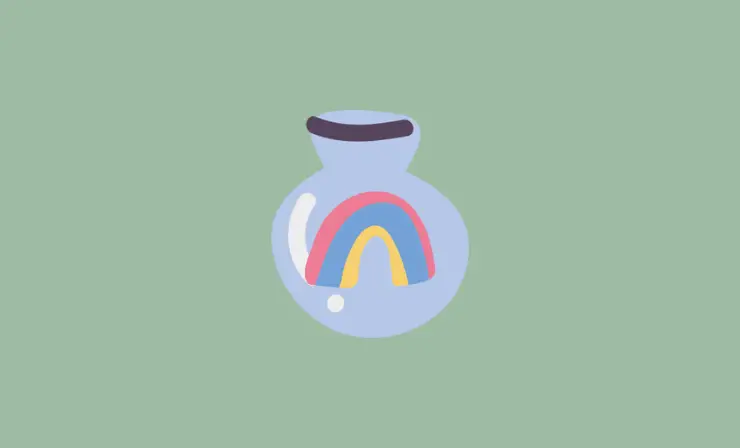
Instructions:
- Pour honey into the jar.
- Mix corn syrup with red and blue food coloring in a separate cup to create purple.
- Pour this mixture into the center of the jar.
- Add in dish soap.
- Mix water with a different food coloring than the previous layers (either green or blue) and add it to the jar.
- Pour a thick layer of olive oil.
- In another cup, combine rubbing alcohol with red food coloring.
- Use the dropper to drop it along the side of the jar.
Looking for a fun way to teach density to your preschooler? Look no further! Rainbow jars are a great way to help kids understand how dense different materials are. In this video from Michigan Medicine channel, they’ll show you how to make them and talk about what they can learn from them.
4. Ice Excavation Experiment
Materials:
- Small plastic toys (dinosaurs, animals, soldiers, cars)
- Water
- Large container
- Freezer
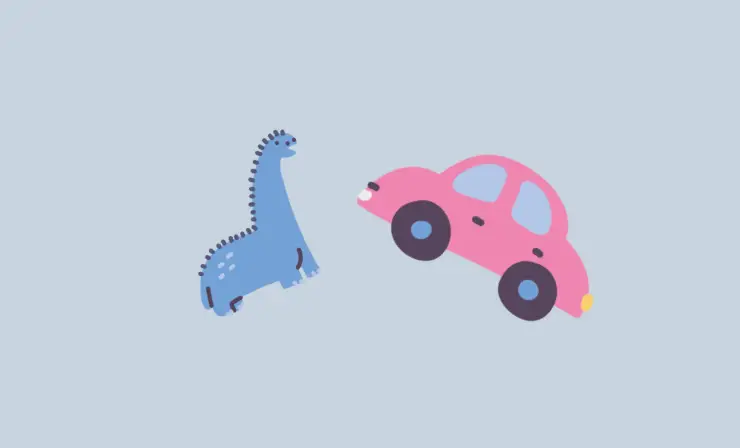
Instructions:
- Place the plastic toys into a large container filled with water.
- Freeze the container until completely frozen.
- Take the container out and run the ice block under warm water to release from the container.
- Give the child a spoon or other tool to excavate the toys from the ice block.
- Discuss the science behind how water freezes and thaws.
In this science experiment for preschoolers, Little Learners channel will be testing the freezing point of different liquids to see which one will save the toys from the ice! Be sure to watch to the end to see who wins!
Easter Science Experiments for Preschoolers
Get into the Spring spirit with some science in your Easter celebrations! Here are four easy experiments to do with young scientists: decorate eggs using chromatography, explore how plants absorb water by coloring it, build an egg shell candle holder; and make a rainbow of colored crystal formations.
5. Peeps Science Experiment
Enjoy a sweet Easter treat while learning basic science principles! All you need to conduct this experiment is some Peeps, a plate and microwave. Explore the effect of heat on marshmallows in just minutes with an exciting microwaving demonstration!
When microwaving Peeps, the sugar inside them causes a transformation – they expand up to three times their original size.
Materials:
- Peeps marshmallow chicks
- Microwave-safe plates
- Microwave
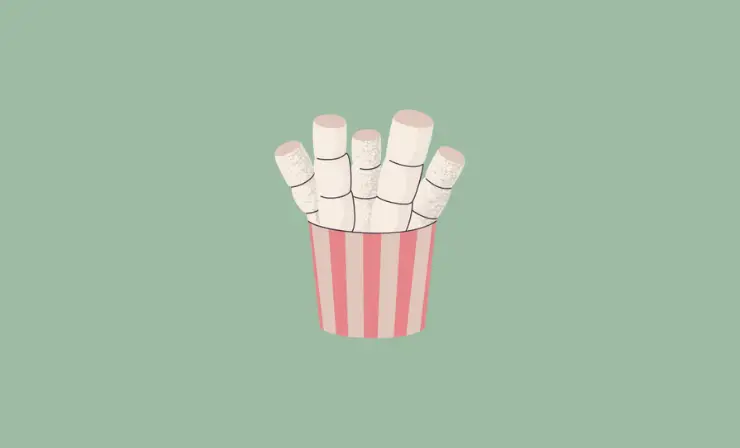
Instructions:
- Place one Peep on a plate.
- Microwave the Peep for 10-15 seconds and watch what happens.
- Take the plate out and observe the Peep closely. What do you see? What happened to the Peep?
Do you want to know what will happen to a Peep in a microwave? Watch this video and find out! This fun and informative science experiment is perfect for preschoolers, and will teach them about the effects of heat on food.
6. Easter Egg Dye Experiment
Celebrate this Easter with a scientific twist! By dyeing eggs, you can teach your preschoolers the fundamentals of color theory and watch as they create exciting new shades. Vinegar helps the dye to stick firmly, allowing you to mix and match different colors for an eye-catching display. Let your creativity shine by creating unique designs that will bring festive cheer this season!
Materials:
- De-shelled hard-boiled eggs
- Food coloring
- Vinegar
- Several bowls
- Spoons
- Water
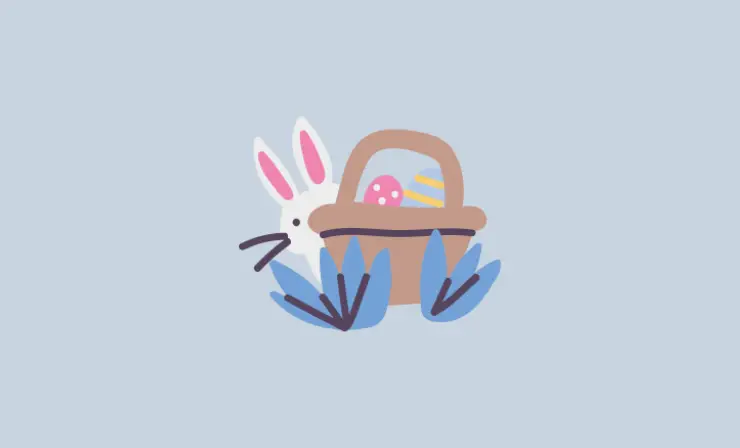
Instructions:
- Fill each bowl with water.
- Add 1 tablespoon of vinegar to each bowl.
- Add several drops of food coloring to each bowl and then stir.
- Place a hard-boiled egg in each bowl, making sure it is fully submerged.
- Leave the eggs in the dye for at least 5-10 minutes or until you achieve your desired color.
- Remove the eggs from the dye and place them on a paper towel to dry.
Looking for a fun Easter activity that will keep the kids entertained? Look no further than this science Easter egg dye experiment! Watch as we use everyday ingredients to create beautiful Easter eggs. This is a great activity for all ages, and it’s educational too!
7. Easter Egg Geode Experiment
Transform ordinary Easter eggs into dazzling geodes! Experiment with bold color combinations and watch as the vinegar in the dye adheres to eggshells, bringing each hue to life. Create stunning works of art this holiday season and show off your vibrant masterpieces for all to admire.
Materials:
- Eggshells
- Food coloring
- Borax (around 4 tablespoons per cup of water)
- Water
- Stove
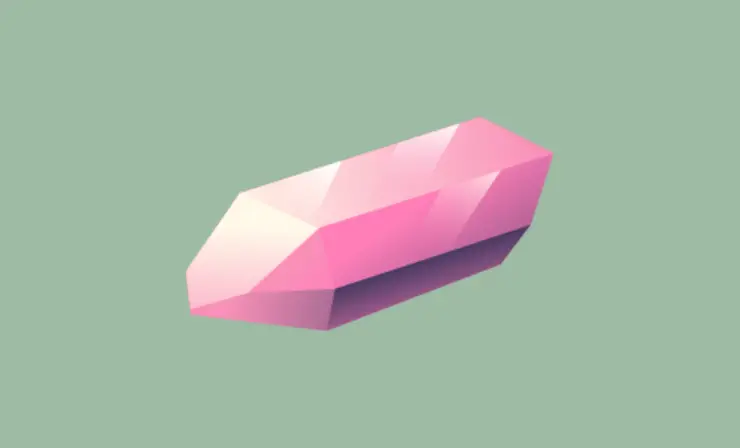
Instructions:
- Crack your eggs open, try your best to preserve the shells in large pieces.
- Boil water in a pot, then add borax and stir until it dissolves.
- Add the food coloring to the mixture.
- Carefully place the eggshells into the pot. Take the pot off the heat and let it sit overnight.
- The following day, you can remove the eggshells with your geodes!
Here’s another fun and educational Easter activity. In this video, you’ll see how to make crystal geode eggs using supplies you probably have at home. So gather the kids and get ready to have some science-themed Easter fun!
8. Bouncy Egg Experiment
Your kids will be delighted to witness a unique scientific experience! By immersing the egg in vinegar, an amazing transformation occurs; what was once hard and brittle becomes bouncy and rubbery. The acidity of the vinegar causes it to dissolve away its protective shell while leaving behind a flexible membrane that can bounce like a rubber ball when dropped from just above waist height.
Materials:
- Raw egg
- Vinegar
- Clear container or jar
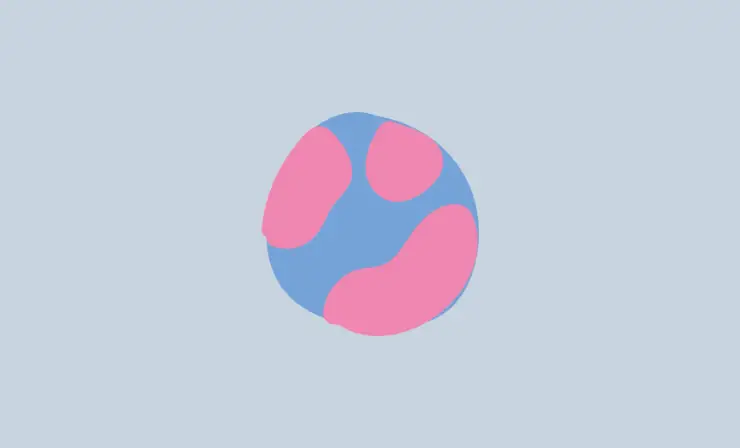
Instructions:
- Place the raw egg in the jar or container.
- Fully submerge the egg with vinegar.
- Leave it in a safe place for 24-48 hours.
- Carefully remove the egg and rinse it off with water.
- Drop the egg from a short distance onto a hard surface and see if it bounces!
Looking for a fun and easy science experiment for your preschooler? Look no further than this bouncy egg experiment! In just a few simple steps, you’ll be able to see how eggs can be made to bounce using nothing but vinegar and baking soda.
Simple and Easy Science Experiments for Preschoolers
Let their curiosity blossom and inspire a love of science in your preschooler! With four simple experiments, they can explore the world around them while having tons of fun. From mixing colors to creating rockets, these activities will spark creativity as well as scientific knowledge at an early age.
9. Magic Milk Experiment
Preschoolers will be amazed by this scientific illustration of cause and effect! Through a combination of milk, dish soap, and food coloring children can visually observe the chemical reaction between fat molecules in the milk as they break apart to create spiraling patterns. They’ll love viewing these vibrant hues swirl together before their eyes!
Materials:
- Milk
- Food coloring
- Dish soap
- Cotton pads
- A shallow dish or plate
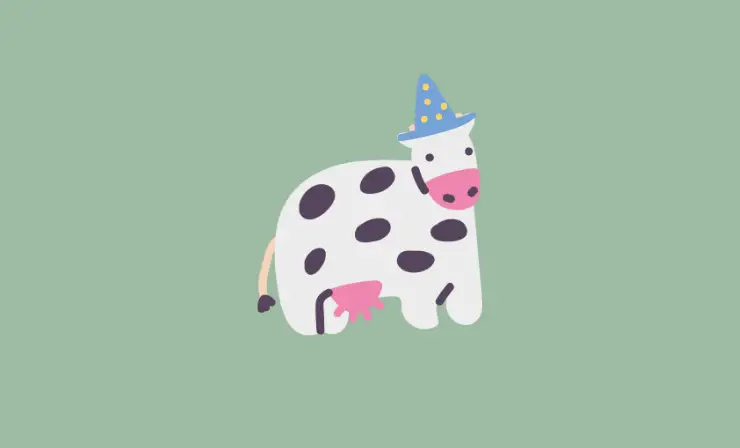
Instructions:
- Add a small amount of milk on the dish.
- Add a few drops of different food colorings on the surface of the milk.
- Dip a cotton pad in the dish soap.
- Touch the cotton pad to the milk and watch as the colors swirl around.
This Magic Milk Science Experiment is a fun and easy science experiment for your preschooler. This simple activity is perfect for teaching kids about the properties of milk and other liquids.
10. Walking Water Experiment
This experiment unravels an intriguing natural process: capillary action. Through a visually captivating demonstration, you can witness how water is able to move through narrow spaces like paper towel fibers and pull colored water along with it as if it were performing its own form of magic. See for yourself just what wonders this phenomenon produces!
Materials:
- 7 clear containers
- Water
- Food coloring
- Paper towels
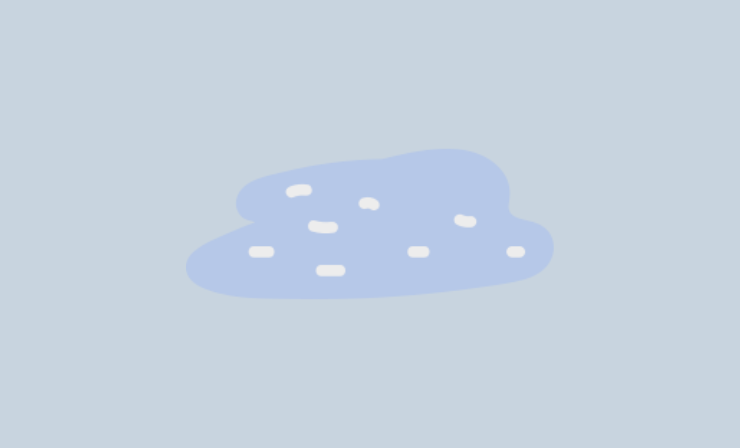
Instructions:
- Line up the containers in a row.
- Fill the first, third, fifth and seventh container with water and add a few drops of food coloring (purple, blue, yellow and red).
- Fold the paper towel into a strip and place one end in the container with red water and the other end in the empty container.
- Repeat the process with all containers.
- Watch as the water “walks” from the full containers to the empty cups.
Looking for some fun and educational science experiments for your preschooler? Look no further! In this video, Ryan will show you how to create a walking water experiment that is both fun and educational.
11. Balloon Rocket Experiment
In this demonstration, we can witness the manifestation of Newton’s Third Law of Motion. The law states that for every action, there is an equal and opposite reaction. As we observe this experiment, we can clearly see this principle in action. When the air swiftly escapes from the inflated balloon, it exerts a force that propels the balloon forward in the opposite direction.
Materials:
- 1 long piece of string
- 1 straw
- 1 balloon
- A piece of tape
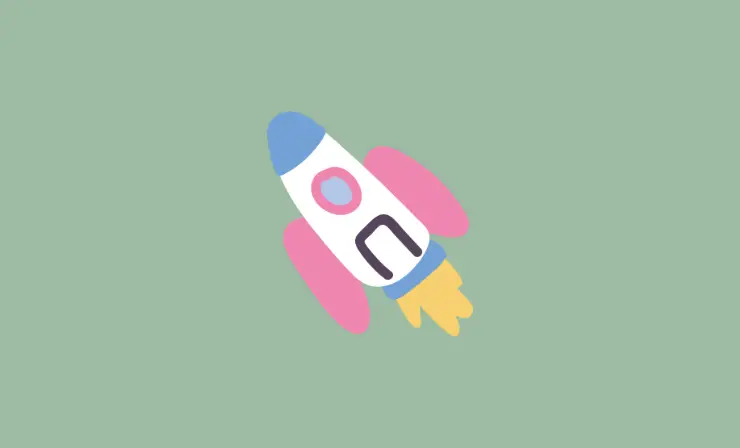
Instructions:
- Tie both ends of the string to objects, such as a chair or doorknob.
- Thread the straw onto the string.
- Blow up the balloon and hold the end closed.
- Tape the balloon to the straw.
- Let go of the balloon and watch it zoom along the string,
This balloon rocket science experiment is a great and fun science experiment for your preschooler. This easy activity is perfect for teaching kids about the power of air pressure, and it’s a blast to watch too! Check this clear tutorial from TheDadLab channel.
12. Fizzing Lemonade Experiment
This experiment showcases an exciting chemical reaction between baking soda and lemon juice, resulting in a spectacular fizzing and bubbling reaction. The reaction is a result of the interaction between the acid in the lemon juice and the base in the baking soda. When these two substances combine, a chemical reaction takes place, leading to the release of carbon dioxide gas.
Materials:
- 1 spoon
- Baking soda
- Lemon juice
- Food coloring
- 1 cup
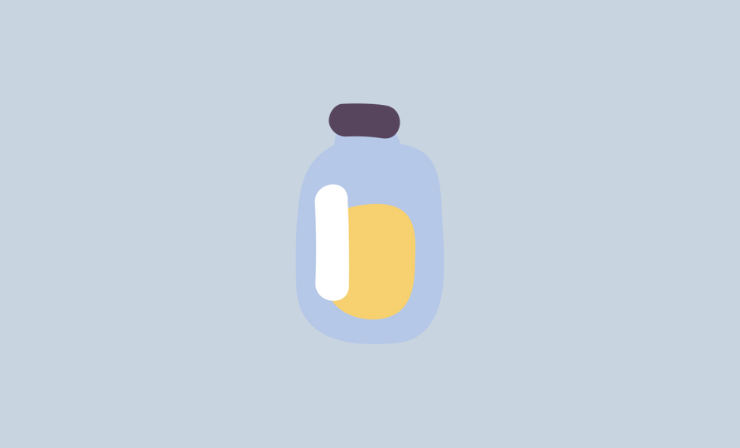
Instructions:
- Pour lemon juice into a cup.
- Add a few drops of food coloring to the lemon juice.
- In a separate bowl, combine a small amount of baking soda with water to create a paste.
- Using a spoon, drop small amounts of the baking soda paste into the lemon juice.
- Observe the mixture as it begins to fizz and bubble. Take note of the color changes and the formation of bubbles.
Do you want to learn some fun science experiments for preschoolers? Look no further! In this video, Boys & Girls Club of Greater Lowell channel demonstrates the Lemon Fizz experiment. This is a great way to teach kids about acids and bases, and it’s just plain fun to watch the reaction take place.
Science Experiments with Everyday Objects
Engaging preschoolers in science experiments is a wonderful way to foster their curiosity and enhance their critical thinking skills. With basic materials and straightforward instructions, parents and educators can create a fun and educational learning experience for children. Here are four science experiments for preschoolers that can be conducted with everyday objects.
13. Homemade Lava Lamp Experiment
Before conducting this experiment, a little preparation is required, but the outcome is worth the effort. This experiment serves to demonstrate the fundamental concept that oil and water do not mix, and how the introduction of Alka-Seltzer tablets into the water results in the formation of bubbles.
Materials:
- 1 empty bottle or a jar
- Vegetable oil
- Water
- Food coloring
- Alka-Seltzer tablets
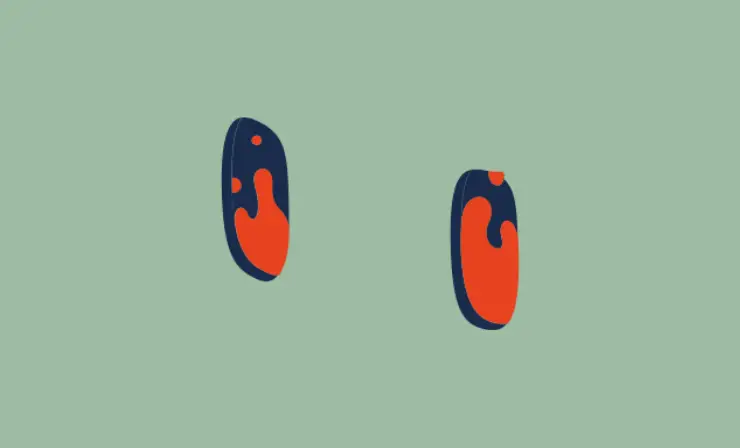
Instructions:
- Take a clear bottle or jar and fill it up to about 1/4th with water.
- Add vegetable oil to the jar until it reaches almost the top.
- Add a few drops of food coloring to the jar.
- Break an Alka-Seltzer tablet into small pieces and drop them into the jar.
- Observe as the colorful bubbles rise to the top and then descend back down again.
Looking for a fun way to teach your kids about science? Look no further than these easy lava lamp experiments! In this video, WhizKidScience channel will show you how to make a lava lamp using household items, and the kids are going to love watching it bubble and change colors.
14. DIY Bouncy Ball Experiment
This experiment may require some preliminary work, but it is an excellent opportunity to educate children about chemical reactions. You will need borax, cornstarch, warm water, and white glue for this experiment. By doing this experiment, children will learn about polymers and how they can be utilized to make a bouncy ball.
Materials:
- Borax powder
- Cornstarch
- White glue
- Warm Water
- Food coloring
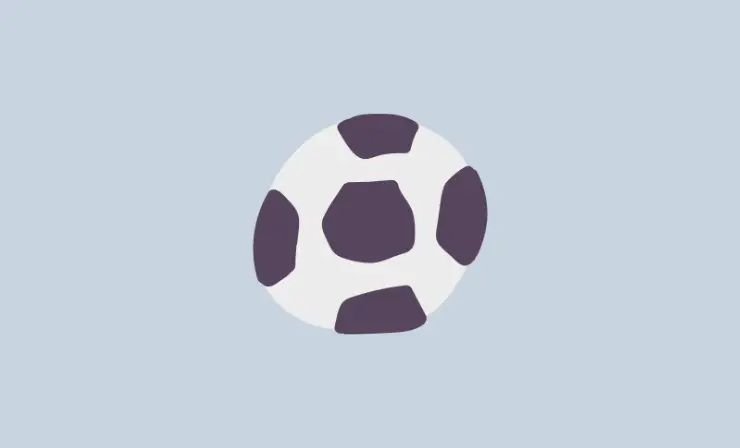
Instructions:
- In a bowl, mix white glue, cornstarch, and a few drops of food coloring.
- In another bowl, mix borax powder in warm water until dissolved.
- Slowly pour the borax mixture into the glue mixture while stirring continuously.
- Keep stirring until the mixture forms a ball.
- Take the ball out and roll it around in your hands to make it smooth.
- Bounce the ball and observe its elasticity.
In this video, you’ll learn how to make DIY bouncy balls using just a few simple ingredients, Simon ever shares his recipe for the best bouncing ball. Your kids will love watching these little balls bounce around the house. So grab some supplies and get started!
15. Static Electricity Experiment
This experiment is both easy and fun, requiring only a balloon and a head of hair. It serves to demonstrate how static electricity works and how it can cause objects to be attracted to each other.
Materials:
- Balloons
- Wool cloth
- Head with hair
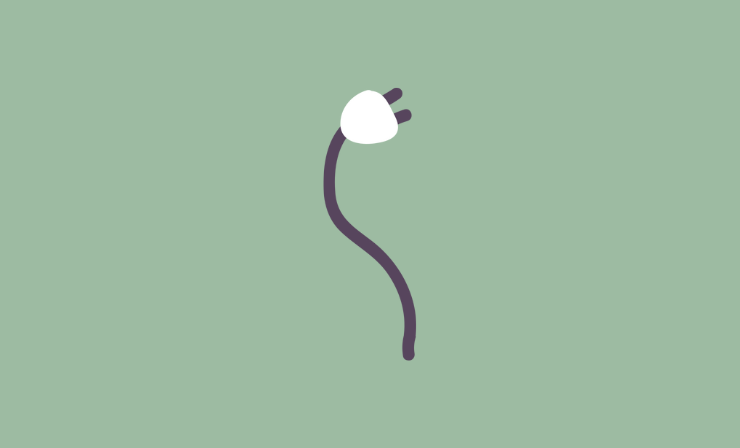
Instructions:
- Blow up the balloon and tie it off.
- Rub the balloon on the wool cloth for about 10 seconds.
- Hold the balloon close to your hair, without touching it.
- Observe as your hair is attracted to the balloon and stands on end.
In honor of National Static Electricity Day, TheSpanglerEffect channel aired a special demonstration. Watch as he uses static electricity to make balloons stick together and defy gravity. It’s sure to be a fun and educational experience for kids of all ages!
16. Rainbow Paper Experiment
This experiment is an excellent way to teach preschoolers about color mixing. It demonstrates how water can be used to blend colors together and create a beautiful rainbow effect.
Materials:
- White coffee filters
- Washable markers
- Water
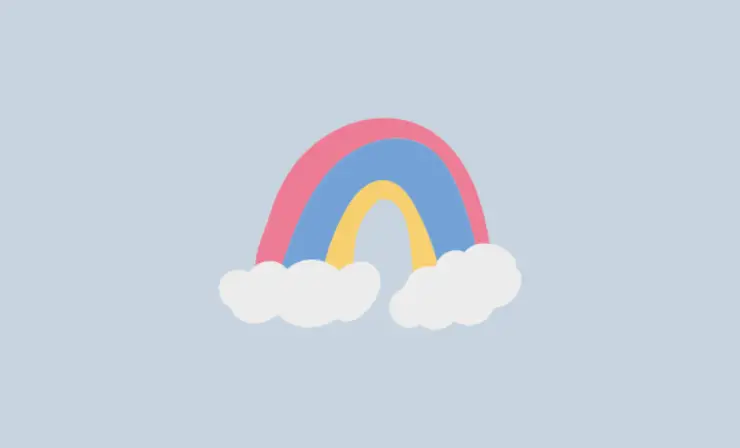
Instructions:
- Use the washable markers to color the coffee filters with different colors. Make sure to color them with plenty of ink and cover the entire surface of the filter.
- Place the colored coffee filter on a flat surface.
- Dip a cotton swab in water and place it on the center of the coffee filter.
- Watch as the colors start to spread and blend together, creating a rainbow effect. Make sure not to move the cotton swab, as this could smear the colors and ruin the effect.
- Once the coffee filter has dried, it can be displayed as a beautiful piece of art.
Looking for an activity to keep the kids occupied? This fun and easy paper rainbow tutorial is perfect! All you need is some black construction paper and nail polish. The results are stunning and sure to impress.
Bonus — Science Experiment for Preschoolers
Out last of the science experiments for preschoolers is an excellent opportunity for parents and teachers to teach about science and promote critical thinking and problem-solving skills.
It’s important to take safety precautions when conducting any science experiment, and this one is no exception. Adult supervision is recommended, and wearing safety goggles can help protect your child’s eyes in case the foam shoots out unexpectedly.
17. Elephant Toothpaste Experiment
Looking for a grand finale to your science experiment extravaganza? The Elephant Toothpaste Experiment is a perfect choice! This experiment introduces preschoolers to the concept of chemical reactions and is sure to be an exciting and memorable experience.
Materials:
- 1 empty plastic bottle
- 1 bottle of hydrogen peroxide (6% or higher)
- Dry yeast
- Liquid dish soap
- Food coloring
- Warm water
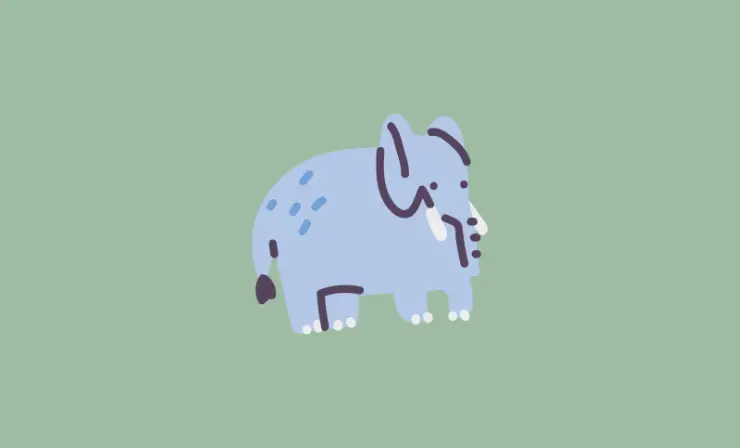
Instructions:
- Take an empty plastic bottle and mix hydrogen peroxide, a few drops of food coloring, and liquid dish soap.
- In a separate cup, dissolve dry yeast in warm water.
- Pour the yeast mixture into the bottle with the hydrogen peroxide mixture.
- Watch in amazement as the reaction creates a foam that shoots out of the top of the bottle!
Here’s a bonus way for a fun way to teach your preschooler about science. In this video, you’ll see how to make elephant toothpaste using common household ingredients. This experiment is not only educational, but it’s also a lot of fun!
4 Additional Ways to Promote Science to Preschoolers
While these 17 science experiments for preschoolers you have an excellent way to introduce young children to basic scientific concepts. However, young children are naturally curious about the world and enjoy exploring their surroundings so there are many other resources available to continue their scientific education. Here are some additional ways to cultivate their curiosity and expand their scientific knowledge:
1. Take a Trip to Science Museum and Children’s Science Centers
Numerous cities have science museums and children’s science centers, where children can participate in hands-on activities and explore interactive exhibits. These institutions are designed to make science fun and engaging for children of all ages, and they often offer special programs and events for preschoolers.
2. Check out Educational YouTube Channels
YouTube has become a valuable resource for educational content, and there are numerous channels dedicated explicitly to science education for children. Some popular channels include SciShow Kids, Nat Geo Kids, and The Backyard Scientist.
3. Browse Science Websites
Science websites for preschoolers offer videos, games, and interactive activities that make learning about science fun and engaging. PBS Kids, NASA Kids’ Club, and Exploratorium are examples of science websites that can help children learn about the world around them.
4. Foster Curiosity and Exploration
Encouraging your preschooler’s natural curiosity and sense of exploration is vital. You can do this by asking them questions about the world and encouraging them to ask questions as well. Provide opportunities for them to investigate and explore, and don’t worry about the mess. Nurturing their natural curiosity and providing them with opportunities to learn can help your preschooler develop a passion for science that will last a lifetime.
By combining these resources with the 17 science experiments for preschoolers mentioned in this article, you can inspire a lifelong love of science and learning in their lives.
Keep Learning
Elevate your preschooler’s scientific curiosity to new heights with these three exceptional resources, designed to boost their learning experience beyond the initial 17 science experiments for preschoolers we shared earlier. Prepare to witness a blossoming passion for science in your little one as they embark on a fascinating journey to explore and learn more.
- Science Buddies: Unleash your child’s inner scientist with Science Buddies, the ultimate online hub for fascinating science fair projects, comprehensive guides, and valuable insights tailor-fit for young learners and parents alike. With a colossal collection of 1,500+ projects suited to your little one’s unique fascinations and aptitudes, this platform even has educators covered with an exciting range of lesson plans and growth opportunities for professional enhancement.
- National Science Foundation (NSF): it’s a leading government authority, is dedicated to fueling young minds with a passion for science and engineering. Their intriguing online hub invites parents and educators to explore a vibrant array of STEM education initiatives, captivating exhibits, and stimulating interactive tools, specifically designed to ignite curiosity in preschoolers, setting them on a path of scientific discovery.
- Exploratorium: San Francisco’s captivating museum of science, art, and human perception, offers endless opportunities to spark curiosity and unleash the creative potential of young minds. Not only does an in-person visit present an unforgettable experience for children, but their website also teems with a wealth of fascinating resources for families and educators.
Conclusion
To wrap up, these 17 science experiments for preschoolers offer an excellent gateway into the magical realm of scientific discovery for young minds. With simple set up requirements using items readily available at home, these activities provide endless opportunities to ignite the passion for learning in your preschooler. So, let the journey of exploration and knowledge unfold, and enjoy these enchanting experimental escapades together!
- Overview of 22 Low-Code Agencies for MVP, Web, or Mobile App Development - October 23, 2024
- Tips to Inspire Your Young Child to Pursue a Career in Nursing - July 24, 2024
- How Parents Can Advocate for Their Children’s Journey into Forensic Nursing - July 24, 2024
